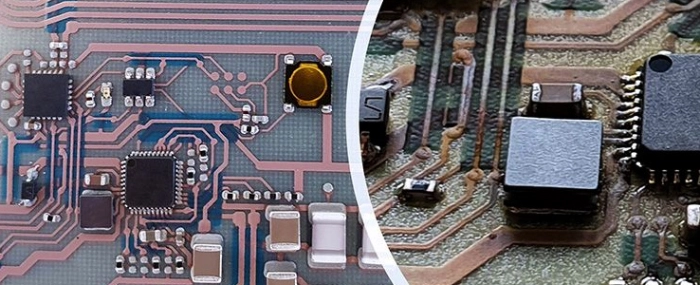
Breakthrough in PCB production method based on AM
Printed electronics expert, InnovationLab, says that it has achieved a breakthrough in additive manufacturing of PCBs, helping meet higher environmental standards for electronics production while also reducing costs.
Within the research project SmartEEs2, funded by Horizon 2020, InnovationLab and its partner ISRA have developed a novel manufacturing process for copper-based solderable circuits. The circuits are screen printed and are compatible with conventional reflow processes, a press release reads.
Producing printed electronics is an additive process that does not use toxic etchants, and runs at comparatively low temperatures of around 150ºC, thus reducing energy consumption. But that's not all, as InnovationLab states in the press release, the substrates used in additive PCB manufacturing are up to 15 times thinner, compared to conventional techniques, which reduces material consumption and means the production process has less waste.
InnovationLab has so far produced a physical prototype, which includes all the important blocks of a smart label. It uses a copper ink to ensure high conductivity. Component mounting can be done in a conventional reflow soldering process, which enables manufacturers to switch to the new technology without investment in new equipment.
Multilayer layer printing, metal and dielectric, was used to produce the target functionality: a low power temperature sensor and logger, an NFC communication interface via a printed antenna, and a compact battery that is charged from a printed solar cell, making the device completely self-sufficient.
"This is a state-of-the-art production process, which will decrease costs and reduce logistical dependencies on suppliers, while delivering three key benefits for the environment: consuming fewer materials, using less energy, and producing less waste. By the end of this year, we expect to have scaled this process to high volumes, meeting customer demands of a million solderable tracks or more,” says Dr. Janusz Schinke, Head of Printed Electronics at InnovationLab, in the press release.



